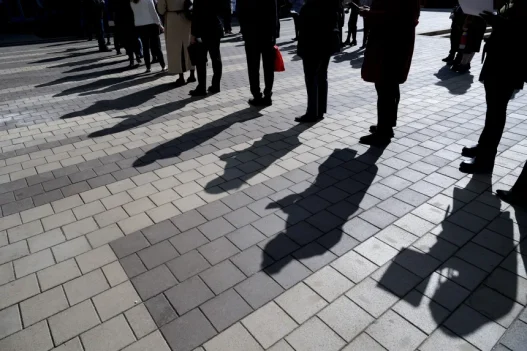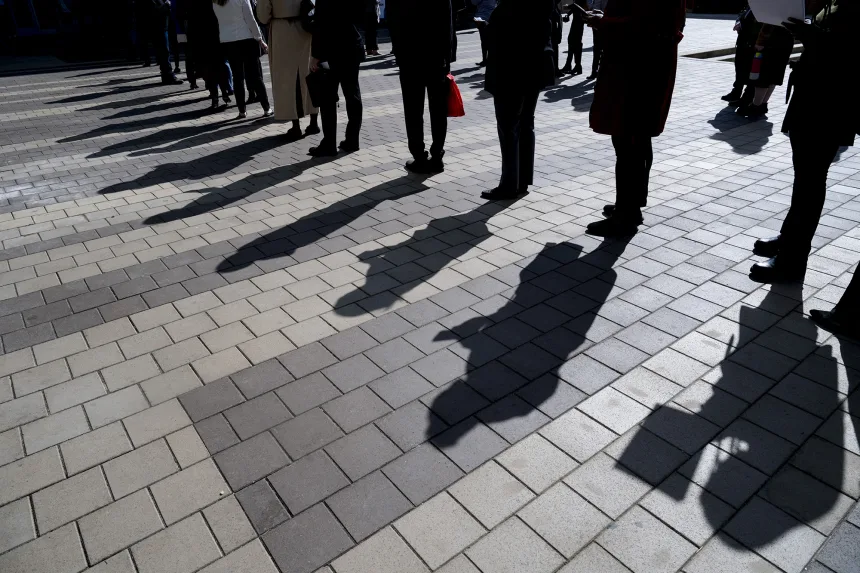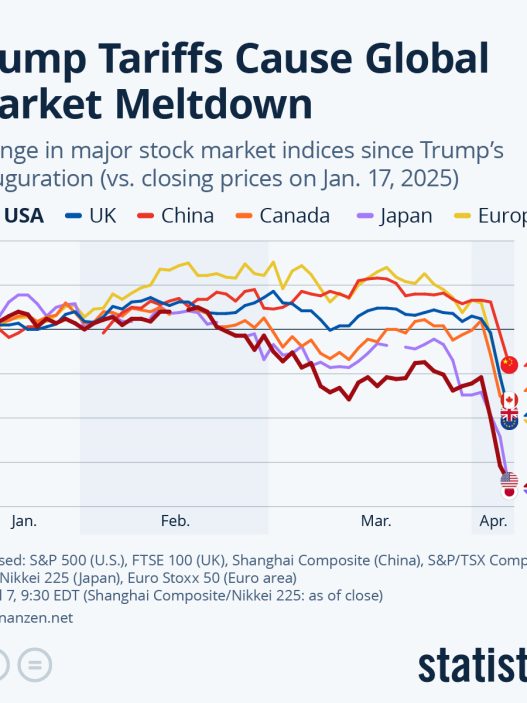The U.S. economy delivered its weakest hiring surge in years. The jobs market appears to be slowing — fast.
Quick Take: Just 73,000 new jobs were added in July, the lowest monthly gain outside of the pandemic era, as massive revisions slashed 258,000 roles from May and June. Unemployment ticked up to 4.2%, shaking confidence in Fed rate decisions.
July’s employment data marks a serious turn. Employers added only 73,000 jobs — far below expectations of 110,000–115,000, reflecting a deeper labor slowdown. To make matters worse, previous months were revised steeply downward: May dropped by 125,000, and June by 133,000, creating a three-month average of just 35,000 jobs added.
The unemployment rate rose to 4.2%, up from 4.1% in June, signaling slightly softer labor conditions.
Market watchers immediately adjusted expectations: the chance of a Federal Reserve interest rate cut in September surged amid growing anxieties over inflation and jobs.
What’s Behind the Slowdown?
Several key factors point to a cooling jobs market:
- Aggressive trade policies and tariffs are driving up costs and reducing hiring appetite in multiple sectors.
- Immigration restrictions and declining labor force participation are removing job-ready workers from the market.
- Revisions to May and June data—the worst in years—suggest earlier job gains were severely overstated.
Excluding healthcare and social assistance (which added 55,000 jobs), most industries posted little or no growth. Federal jobs declined once again.
Why It Matters
- Consumers feel the pinch: Inflation linked to tariffs is pushing prices higher, eroding purchasing power for essentials.
- Fed’s next move hangs in the balance: With signs of labor market fatigue, rate cuts in September now seem more likely.
- Policy uncertainty continues: Trade tensions and fiscal unpredictability are slowing corporate hiring plans across the board.
What’s Next?
Federal judges may challenge the legality of Trump-era emergency tariff policies, and Congress is pushing trade oversight reforms. Businesses and households face a tumultuous path ahead if the labor market continues to unravel.
Final Thought
This isn’t just a bad month—it’s a signal. If hiring remains weak, the economy could be entering a new phase of stagnation. And for the Fed, stabilizing employment while keeping inflation in check just got a lot more complicated.





















